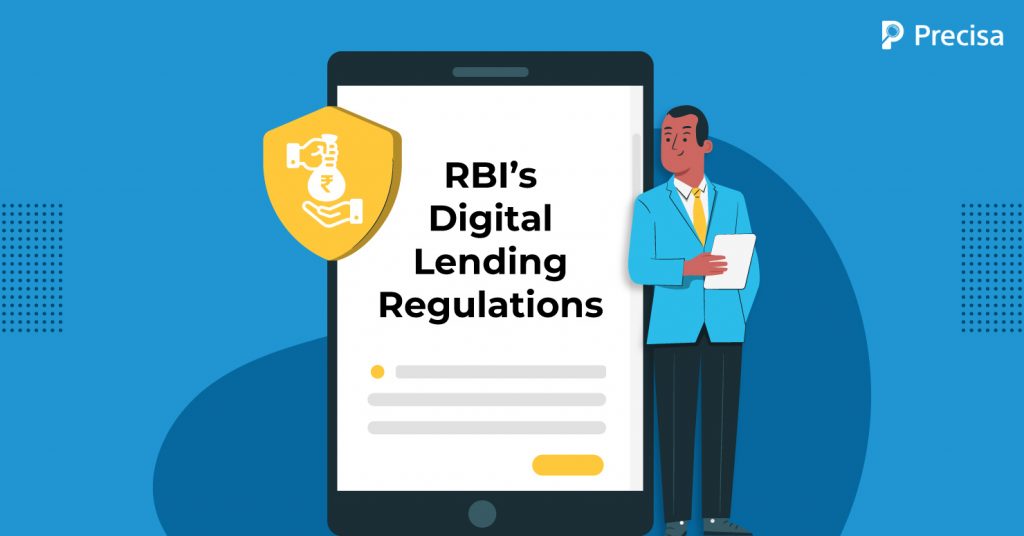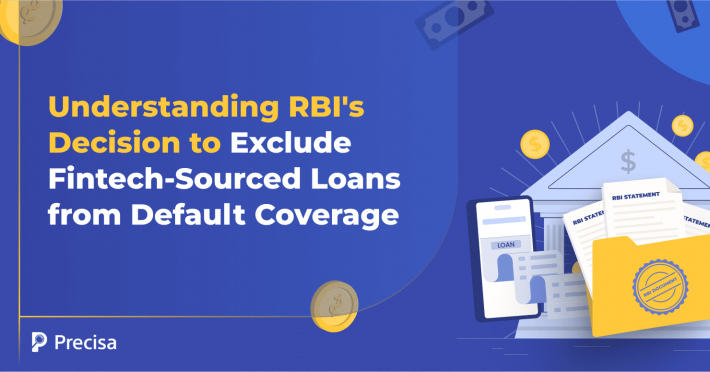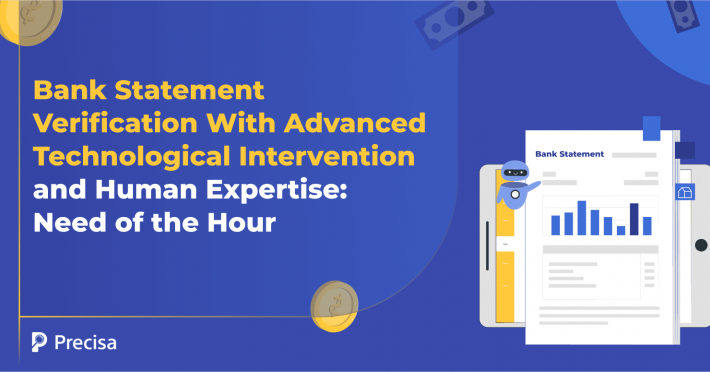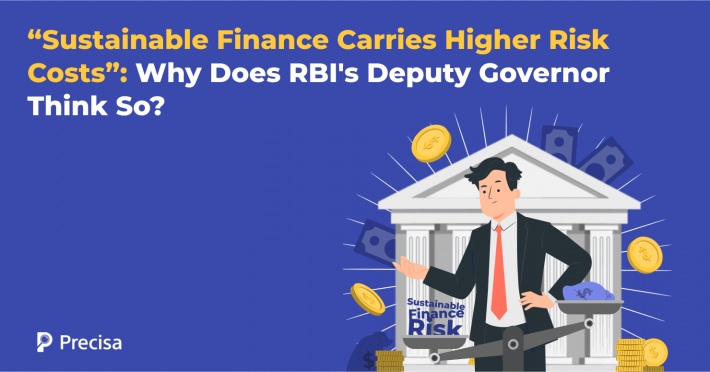Digital Lending Regulations: Bane or Boon?

The advent of technological innovations has radically changed customers’ banking habits. The widespread adoption of digital lending and payment methods following Demonetisation signalled the rise of India’s fintech-led Banking, Financial Services and Insurance (BFSI) system.
Lending was the next banking activity to move to the digital space. The Indian digital lending market grew from a modest $9 billion in 2012 to a whopping $270 billion in 2022. Demand for credit from tier 2 and tier 3 cities, the proliferation of smartphone usage, and the availability of high-speed internet have led to the exponential growth of digital loans in the last two years.
Until recently, the digital lending landscape was operating in a largely unregulated environment. In the absence of proper regulatory guidelines, several issues detrimental to the sector’s healthy growth emerged. On 2 September 2022, the Reserve Bank of India (RBI) issued guidelines on digital lending to create a uniform operational framework for the Indian fintech lending sector.
Need for Digital Lending Norms

Many credit-underserved customers, both individuals, and Micro, Small and Medium Enterprises (MSMEs), benefited greatly from digital loans. With a growing demand for digital credit, more and more players entered the market, vying for a slice of the business. The presence of multiple lenders, each with their own set of business practices, created a messy business model within the digital lending ecosystem.
Moreover, complaints of credit fraud and unethical practices like predatory lending, lack of transparency, data privacy infringement, and coercive recovery mechanisms eroded customers’ confidence in the digital lending process. Also, there was no well-defined grievance redressal mechanism for addressing complaints related to digital lending activities. Between January 2020 and March 2021, RBI received 2562 complaints against digital lending apps.
Additionally, the central bank’s Working Group on Digital Lending (WGDL) reported in 2021 that at least 600 illegal digital lending apps were operating in the country. In these circumstances, the RBI intervened with measures to curtail malpractices, protect customers’ interests and support the stable and orderly growth of digital lending in India.
These guidelines have significantly impacted the fintech lending ecosystem, although it is too early to define its effects as positive or negative categorically. At this point, we can only discuss the short-term advantages and disadvantages of the new rules. Before considering the pros and cons of the new regulations, let us look at the major points.
A Gist of the RBI’s Digital Lending Guidelines
In its circular on digital lending, the RBI issued exhaustive directions concerning customer protection and conduct requirements, technology and data requirements, and the regulatory framework for entities in the digital lending space. Some key points include the following:
1. Disbursals and digital loan recovery will occur directly between Registered Entities (REs) and customers. Money will not flow through third-party pooling accounts or pass-through accounts.
2. Before executing loan contracts, the REs must provide the borrowers with a Key Fact Statement (KFS) containing all the pertinent information related to the loan.
3. The RE’s website must publish the details of Digital Lending Apps (DLAs) and Lending Service Providers (LSPs), including the recovery agents engaged.
4. To deal with customer complaints and issues, REs and LSPs must appoint nodal grievance redressal officers.
5. Collection and sharing of customers’ data must be need-based and with the explicit consent of the concerned parties. Customers can choose to revoke their consent at any time.
6. Use data servers located in India to store customer information.
7. REs must report the details of all loans to the Credit Information Companies (CICs), irrespective of the loans’ nature and tenure.
The Pros and Cons of New Regulations
The industry has largely welcomed the new regulations as their long-term implications appear advantageous. However, the customers, lenders, service providers, and DLAs face many challenges and inconveniences while implementing the new guidelines. Besides, some points in the circular are vague and confusing. The following section lists the positives and negatives of the new guidelines.
Beneficial Factors
1. Creates more transparency, accountability, and discipline in the digital lending space.
2. Safeguards customers’ interests by preventing fraud and unethical lending practices.
3. Uniform guidelines facilitate healthy competition and robust growth of the sector.
4. Improves customers’ trust and confidence in digital lending markets, removing the image of digital loans as pariah products.
5. Ensures customer privacy and data protection.
6. Imposes more responsibility on REs regarding compliance, reporting, and corporate governance.
7. Promotes responsible innovation.
Challenging Aspects
1. The regulations are implemented retroactively. Lending technology companies must ensure that the existing loans also adhere to the new digital lending guidelines. Accordingly, this requirement has increased the operational intensity of the lenders.
2. Some guidelines warrant the recalibration of the existing structural, collaborative and technical frameworks, resulting in increased costs.
3. The clause regarding the First Loan Default Guarantee (FLDG) clause is unclear. The RBI has instructed fintech lenders to follow the provisions of the Master Direction – Reserve Bank of India (Securitisation of Standard Assets) Directions, 2021, for loans with FLDG provisions. This policy will not permit the FLDG model in digital lending if followed as written.
4. The new rules do not prohibit unauthorised entities from operating in the digital lending ecosystem. For the most part, borrowers have no way to verify the legitimacy of a lender.
The Takeaway
The unregulated growth of a financial system will turn self-destructive in the long run. The new regulations aim to eliminate harmful elements of the fintech lending process rather than making corrections when issues arise. While the system foundation has been established, amendments and addendums can fill the gaps.
The RBI has recognised and legitimised fintech lending as a credit service by introducing digital lending norms. In addition, it has sought institutional and legislative action to prohibit unauthorised lenders in the digital lending market. With this action, RBI has asserted its authority as a regulator and supervisor of Indian banks and NBFCs.
The new guidelines have also underscored the central bank’s role as the watchdog of the country’s credit system. Precisa’s Bank Statement Analyser is integrated with the Account Aggregator ecosystem, facilitating real-time analyses of bank transactions. This improves the efficiency of credit appraisals and cuts the loan processing duration to 1/5th of the original processing time. Request a free demo today!



